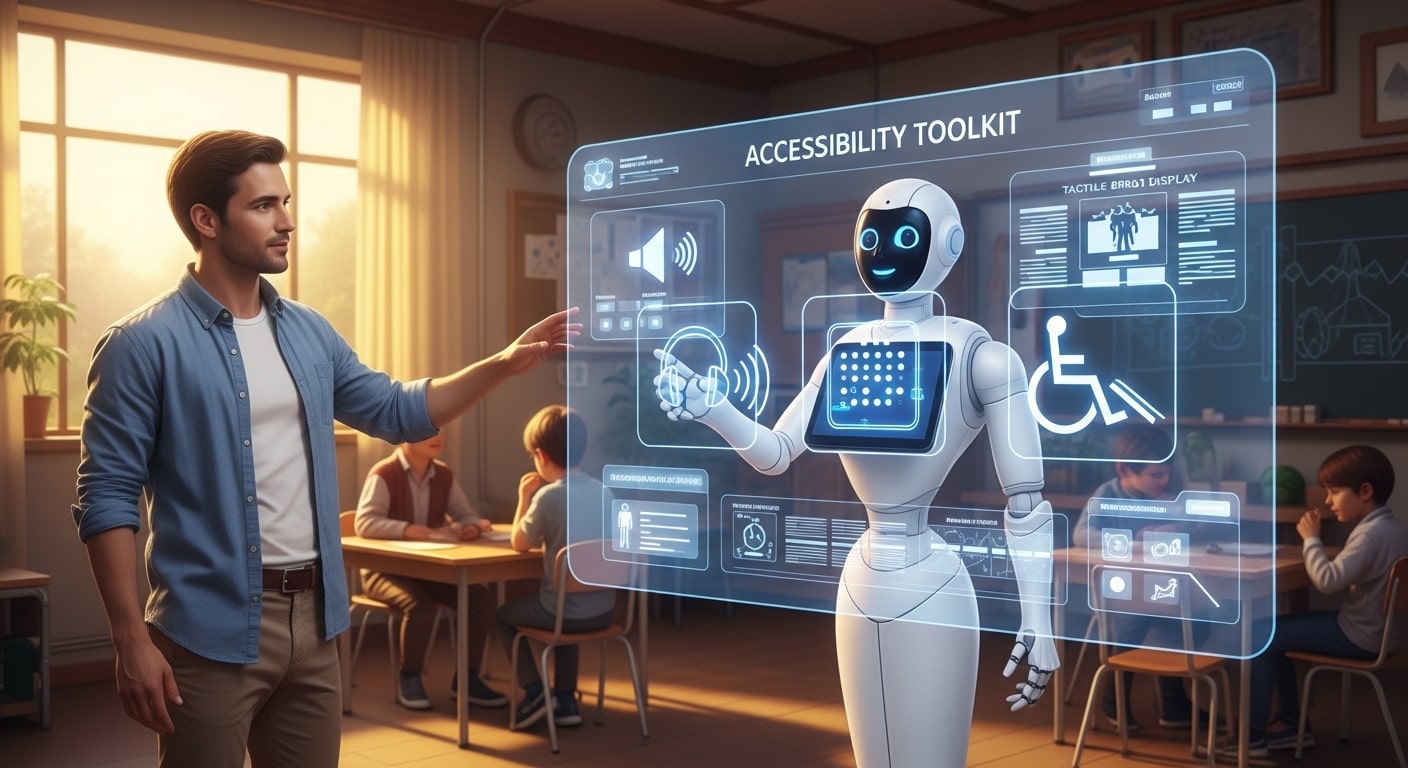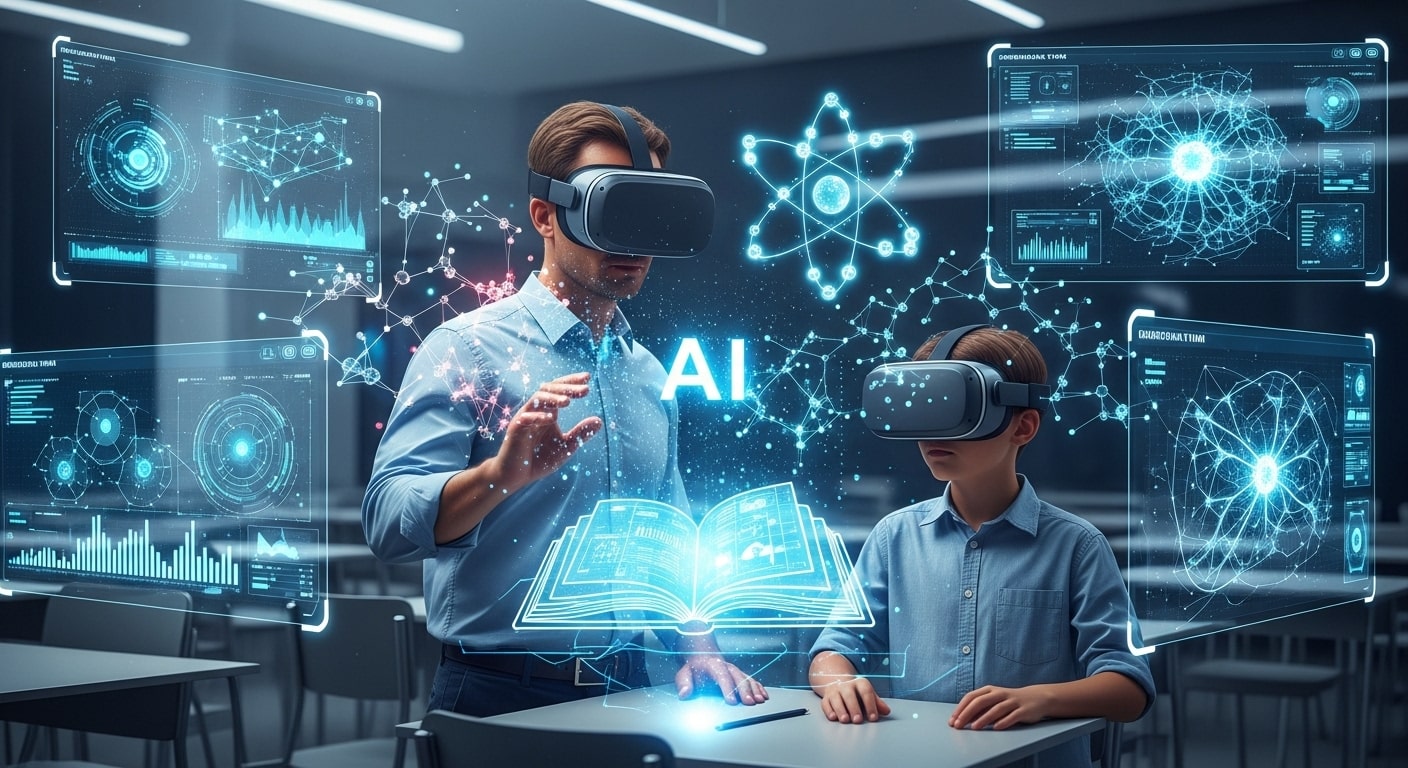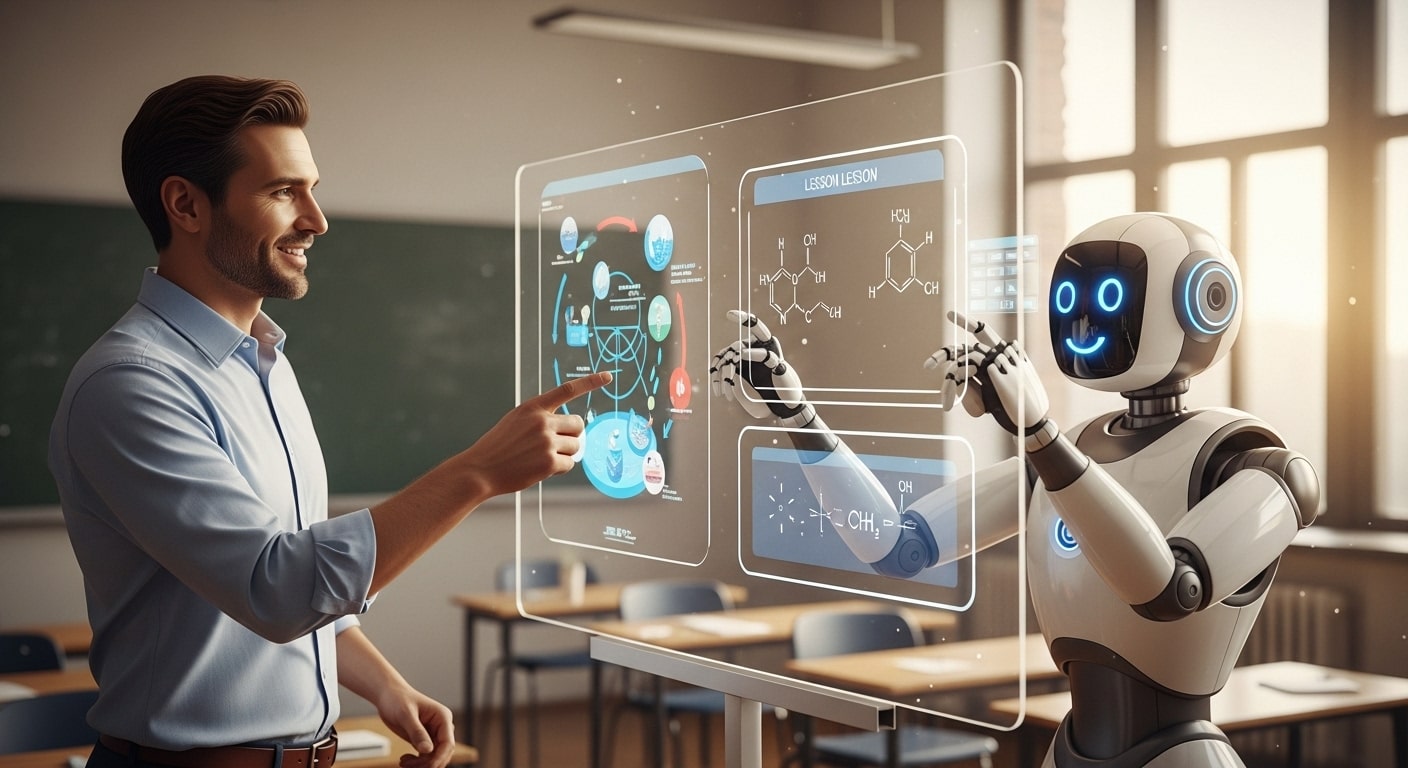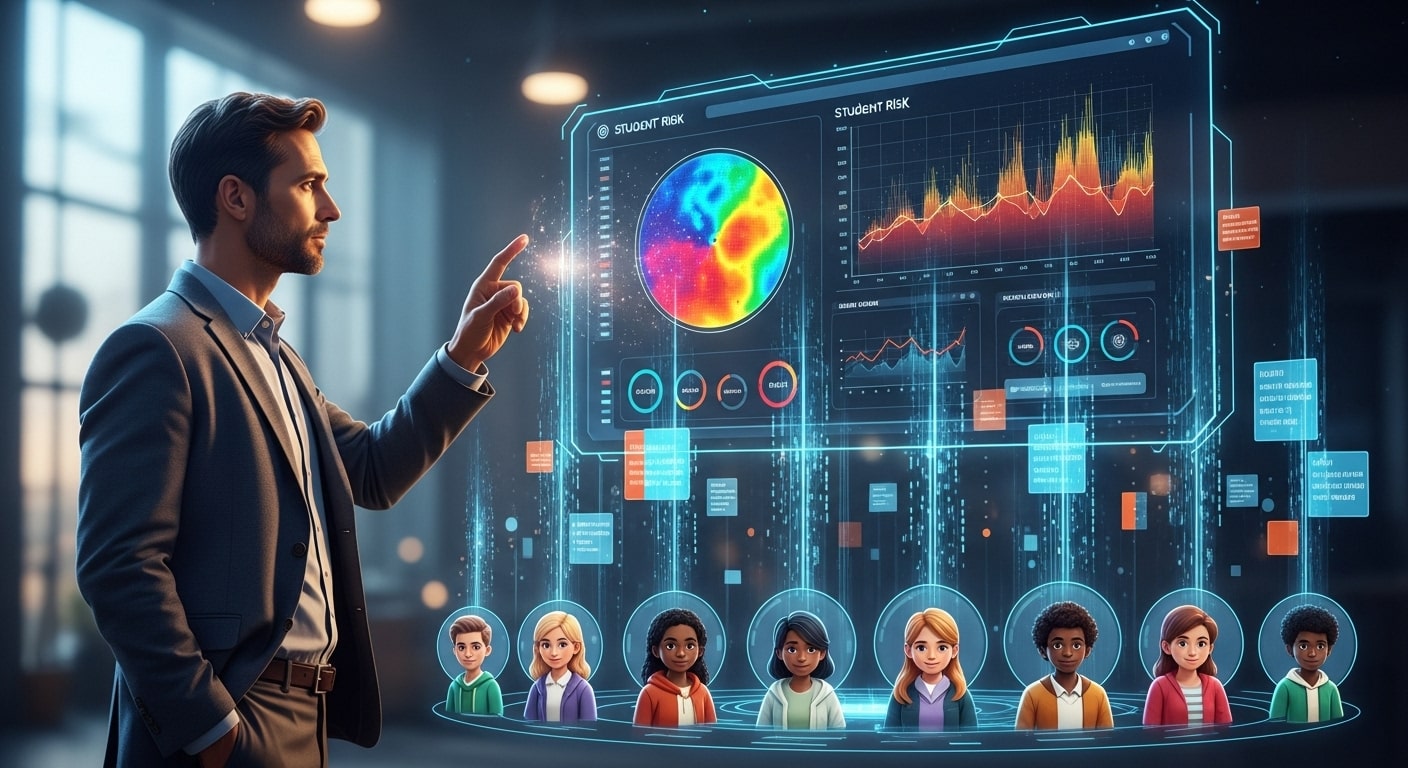Education has always aspired to be the great equalizer—a path to opportunity accessible to all. Yet for many learners, traditional educational approaches have presented significant barriers. Artificial intelligence is emerging as a powerful force for accessibility and inclusion, helping create learning environments where more students can thrive.
Breaking Down Barriers with AI
AI technologies are addressing various accessibility challenges in education:
For students with visual impairments, AI-powered tools like Microsoft’s Seeing AI and Diagram Center’s AI Description Tool can describe images, read text aloud, identify colors, and even explain complex visual information like charts and diagrams. These tools transform visual content into accessible formats in real-time.
For students with hearing impairments, automatic speech recognition has advanced to provide highly accurate real-time captioning of classroom discussions. AI can distinguish between speakers, filter out background noise, and even recognize subject-specific terminology when properly configured.
For students with learning disabilities, tools like Speechify have evolved from simple text-to-speech to comprehensive AI-powered reading assistants. They offer natural-sounding voices, adjustable reading speeds, and the ability to simplify complex text while maintaining key concepts and vocabulary.
For students with motor disabilities, speech-to-text technologies now achieve near-human accuracy, allowing full participation in writing assignments and assessments. Eye-tracking technologies enhanced by AI enable computer control through eye movement alone.
Supporting Diverse Learning Needs
Beyond specific disabilities, AI is making education more accessible for diverse learning needs:
For English language learners, tools like Yeti Confetti provide simultaneous translation and culturally contextualized explanations of complex concepts. Unlike earlier translation tools, these systems understand educational contexts and preserve the structure and meaning of academic content.
For students with attention challenges, Focus AI uses attention tracking and adaptive content presentation to help maintain engagement. The system can break content into manageable chunks, introduce timely breaks, and adjust presentation based on attention patterns.
For students with different learning styles, AI can automatically transform content into multiple formats—text, audio, visual, or interactive—allowing students to engage with material in ways that best match their learning preferences.
Implementation Strategies
To effectively use AI for accessibility:
- Start with an accessibility audit to identify specific barriers in your current educational context
- Apply Universal Design for Learning principles, using AI to provide multiple means of engagement, representation, and action/expression
- Involve students in the process, as they often know best what accommodations would be most helpful
- Combine AI tools with human support, recognizing that technology works best as part of a comprehensive approach to inclusion
- Address privacy considerations thoughtfully, especially when using tools that collect sensitive data
The Path Forward
The most powerful aspect of AI accessibility tools is their ability to provide accommodations seamlessly and independently. Rather than requiring special arrangements or adult assistance, these technologies empower students to access information on their own terms.
As these tools continue to evolve, we move closer to the vision of truly inclusive education—where learning environments adapt to students rather than requiring students to adapt to rigid educational structures. By thoughtfully implementing AI accessibility tools, educators can create classrooms where all students have equitable opportunities to learn, participate, and succeed.
Want to learn more about implementing AI in your classroom? Check out our next article: “The Ethical Educator’s Guide to AI: Key Considerations.”




